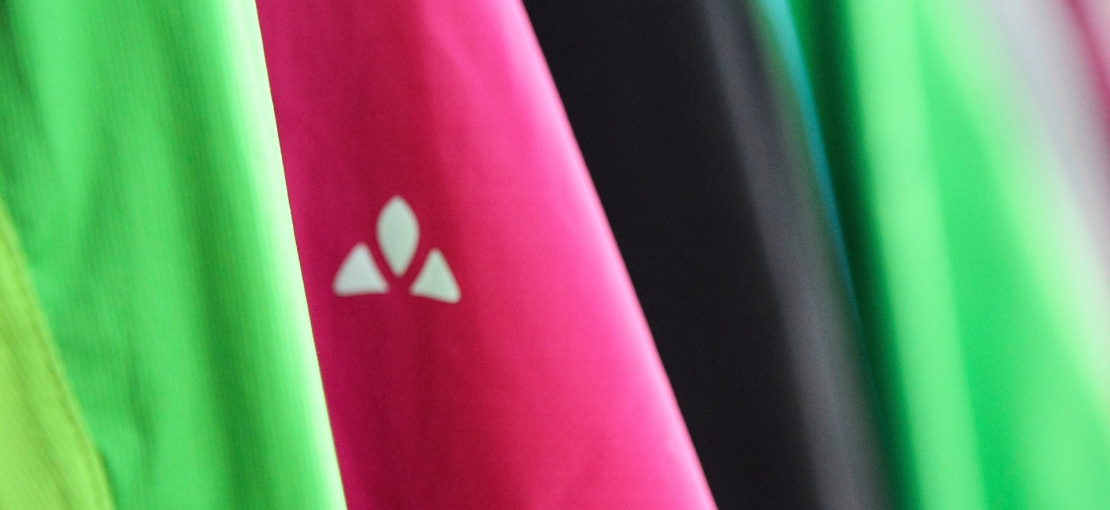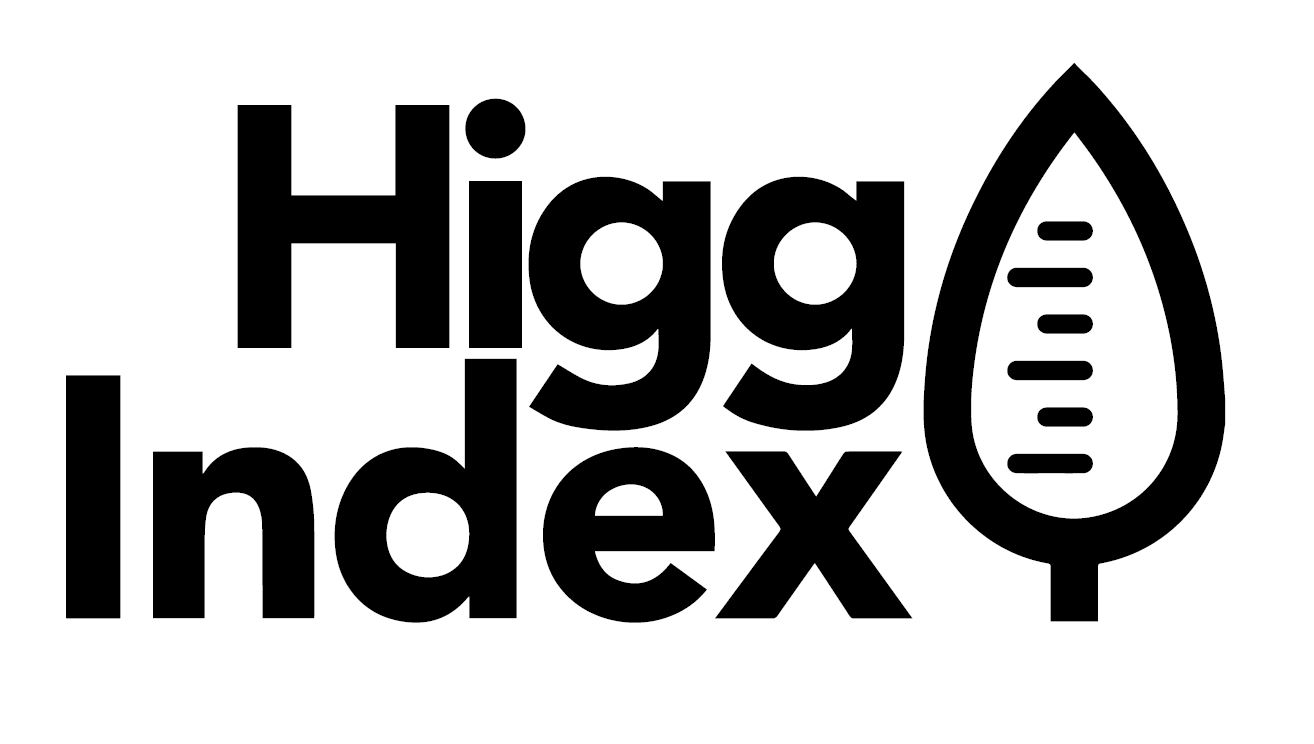
Higg Index
Measuring sustainability?
How do you measure the sustainability of a brand, supplier or product? Good question. You have to take into consideration a lot of very complex environmental and social issues along the entire life cycle of the product.
In our globalized world, the division of labor in the value chain makes workflows efficient, but often also less transparent.
Joint program of the textile industry
Aware of the fact that there is a need for action and that we're all in this together, several companies in the textile industry and many organizations from civil society, science and research have joined forces to develop the Higg Index under the auspices of the Sustainable Apparel Coalition.
The Higg Index is a modular, web-based approach for measuring the sustainability of sporting, outdoor and fashion apparel and footwear. Currently, it is a purely voluntary tool that’s being tested within the industry.
We have worked hard to ensure that the Higg Index is compatible with the requirements of the Alliance for Sustainable Textiles. With success: The operating bodies of both standards are now coordinating their content. This means we can work towards the same goals and it prevents having to adhere to more and more incompatible standards.
VAUDE is focusing strategically on the Higg Index
VAUDE was actively involved in the development of this index. As a founding member of the EOG Eco Sustainability Working Group, we were already closely involved in the predecessor of the Higg Index, the "Eco Index" developed by the Outdoor Industry Association OIA in the USA and the European Outdoor Group (EOG) in Europe.
Many of our suppliers already work with the Higg Index database. This enables us to identify where they stand in comparison to the industry, where our common needs for action lie in the supply chain and what successful examples of improvements exist.
For us, the strategic importance of the Higg Index lies in the fact that it covers the international textile industry very extensively and has the potential to actually become a uniform evaluation standard for the entire sector.
Product Footprinting is getting exciting
To date, VAUDE has had excellent ratings in all benchmark comparisons within the Higg Index.
Soon it will become even more interesting when, for the first time, the module will be used to measure the sustainability of individual products. A pilot phase has been underway in the last few years. As soon as all findings have been incorporated into the development of the Higg Index and it is online, VAUDE will also actively work with in in its product development department.
Transparency more important than membership
You don't have to become a member of the Sustainable Apparel Coalition, you can simply purchase the software license for the Higg Index.
Why not become a member from the start? Because our human and financial resources are simply not enough to tackle all challenges at once. For us it is crucial that we can apply the methodology and tools of the Higg Index in practice to make the sustainability of VAUDE, our suppliers and our products transparent and comparable.
Higg Index to identify sustainable products
If, in the next step, the industry’s purely internal self-assessment – with independently verified results – becomes a reliable statement on the sustainability of individual products, there should also be labeling on the product.
Although VAUDE already labels particularly environmentally friendly products with the Green Shape Label, comparisons with products of other brands remains difficult.
The aim of the Higg Index is that in a few years, you will be able to see on the label of every textile product how sustainable it is compared to other products and make well-informed, deliberate purchasing decisions.
We have worked hard to ensure that the Higg Index is compatible with the requirements of the Alliance for Sustainable Textiles, which the German government established. With success: The supporting organizations of both standards are now coordinating their content and we are all pulling in the same direction and avoiding having to meet yet another standard. More about the Alliance for Sustainable Textiles here

»As an industry-wide solution, the Higg Index is an important step towards making resource consumption in the supply chain transparent and conserving resources.«

| GRI: | 103 |
| GRI: | 301-1 |
| GRI: | 301-2 |
| GRI: | 302-3 |
| GRI: | 302-4 |
| GRI: | 303-1 |
| GRI: | 303-2 |
| GRI: | 303-3 |
| GRI: | 305-3 |
| GRI: | 305-4 |
| GRI: | 305-5 |
| GRI: | 306-1 |
| GRI: | 306-2 |




